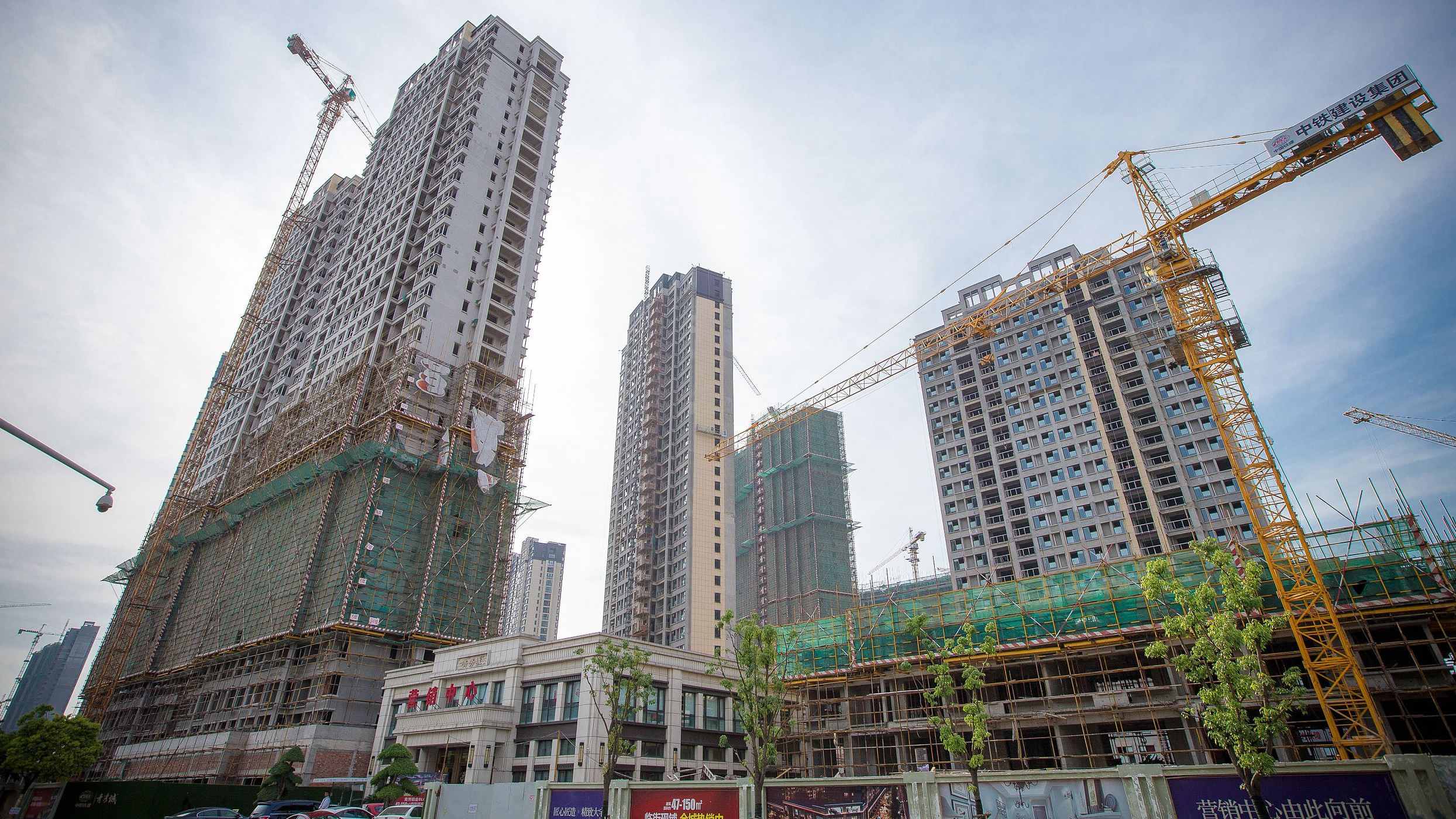
Business
18:30, 19-Oct-2017
China sees easing of fixed-asset investment growth, expansion in industrial output in Jan-Sept
CGTN

Growth in China's fixed-asset investment (FAI) continued to ease in the first nine months of the year, according to data released by China’s National Bureau of Statistics (NBS) on Thursday.
The FAI rose 7.5 percent in the first nine months of the year, down from 7.8 percent for the January-August period, according to the NBS.
This marked a growth deceleration for six consecutive months. The pace was also 0.7 percentage points lower than the same period in 2016.
Infrastructure investment, which accounts for more than 20 percent of total FAI, surged 19.8 percent year on year during the period. High-tech manufacturing saw investment up by 18.4 percent.
China’s infrastructure investment is on fast track and its accomplishments include the world’s longest high-speed rail network, but the country has also invested more in sectors related with people’s livelihood, such as education and healthcare which saw more than 20-percent annual growth in investment in the first nine months this year, Xing Zhihong, spokesman for NBS said at a press conference on Thursday.
Private sector investment grew 6 percent in the first nine months, accounting for 60.5 percent of the total, according to NBS. The pace of growth cooled from 6.4 percent for the period between January and August.
China's value-added industrial output expanded 6.7 percent year on year in the first nine months of this year, faster than the 6-percent increase a year ago, according to data released by NBS on the same day.
The growth rate was flat with that of the first eight months. In September, industrial output rose 6.6 percent year on year.
Industrial output is used to measure the activity of designated large enterprises with annual turnover of at least 20 million yuan.
High-tech and equipment manufacturing sectors posted stellar performance in the first three quarters, with output up 13.4 percent and 11.6 percent respectively, as the country encourages factories to move up the industrial value chain.
Source(s): Xinhua News Agency

SITEMAP
Copyright © 2018 CGTN. Beijing ICP prepared NO.16065310-3
Copyright © 2018 CGTN. Beijing ICP prepared NO.16065310-3